
Ghosting and Avoidant Behaviour: Why We Pull Away and 3 Ways to Heal from It
Have you ever experienced ghosting? The two of you were chatting happily the night before, and the next day the person suddenly disappears, never replying again?
We tend to romanticise chemistry and underestimate compatibility. But in truth, both play essential and very different roles in love. Understanding the psychology behind each can help us make wiser choices in relationships and build connections that are not just passionate but lasting.

We tend to romanticise chemistry and underestimate compatibility. But in truth, both play essential and very different roles in love. Understanding the psychology behind each can help us make wiser choices in relationships and build connections that are not just passionate but lasting.
Chemistry is the spark — the powerful, often immediate connection you feel when you’re attracted to someone. It’s visceral, emotional, and sometimes completely irrational.
Scientists describe it as a complex cocktail of brain chemicals and evolutionary drives that push us towards romantic bonding. When we feel intense chemistry, our brains release dopamine, norepinephrine, and phenylethylamine — neurotransmitters linked to reward, motivation, and excitement (Fisher et al., 2016).
These are the same brain circuits involved in craving and addiction, which explains why falling in love can feel intoxicating.
From an evolutionary perspective, this intense attraction serves a purpose: it motivates us to pursue and bond with a potential mate. But chemistry is also influenced by subconscious factors — such as pheromones, genetic compatibility, or even attachment patterns shaped in childhood.
Chemistry feels magical because it bypasses logic. We might find ourselves drawn to someone who doesn’t “tick the boxes” on paper but still feels deeply familiar or thrilling. That’s part of the reason why love can seem unpredictable — chemistry doesn’t follow rational rules.
If chemistry is the fire, compatibility is the hearth — the structure that keeps the fire burning without burning the house down.
Compatibility is about how well two people’s values, lifestyles, personalities, and communication styles align. It’s less about instant attraction which might happen in a situationship and more about long-term harmony in a relationship.
Psychologists define compatibility as the degree to which partners’ needs, expectations, and life goals fit together, forming the basis for a stable and satisfying relationship (Gottman & Silver, 2015).
Unlike chemistry, compatibility doesn’t always announce itself loudly at the beginning. It often grows as two people learn about each other’s habits, beliefs, and boundaries.
Some signs of compatibility include:
Compatibility doesn’t mean being identical. Differences can strengthen a relationship — as long as they’re balanced by mutual understanding and compromise. What matters is that two people can build a shared future without constantly clashing over fundamental issues.
To understand how chemistry and compatibility interact, it helps to look at the psychology behind them.
Attraction happens quickly — often within seconds — and is driven by biological and psychological factors. Studies show that early romantic attraction activates brain regions linked to motivation and reward, driving us to pursue closeness (Fisher et al., 2016).
This is why chemistry often feels like “fate” — even though it’s largely a neurochemical reaction.
While chemistry sparks interest, compatibility fosters emotional security. According to attachment theory, healthy relationships require trust, empathy, and responsiveness — qualities that develop over time through shared experiences (Hazan & Shaver, 1987).
Compatibility allows partners to feel safe, understood, and supported — the emotional foundation of love.
Psychologist Robert Sternberg’s triangular theory of love identifies three components of lasting love: passion, intimacy, and commitment (Sternberg, 1986).
Chemistry fuels passion — the physical and emotional excitement — while compatibility builds intimacy (deep connection) and commitment (shared future). A relationship that has one but not the other may feel incomplete.
Because chemistry is so intense, it’s easy to assume it’s a sign of “true love.” But research suggests otherwise.
While strong chemistry can ignite a relationship, it doesn’t guarantee long-term satisfaction if compatibility is missing. Relationships based solely on chemistry often struggle with mismatched expectations, unresolved conflicts, or diverging life goals once the initial excitement fades.
That’s because the neurochemical high of early love naturally decreases over time — usually after 12 to 18 months (Acevedo et al., 2012). At that point, compatibility becomes the key factor that determines whether the relationship deepens or dissolves.
In other words: chemistry starts a relationship, but compatibility sustains it.
The healthiest, most fulfilling relationships usually have a balance of both. Here’s how to nurture that balance:
Chemistry is immediate, but compatibility reveals itself slowly. When you're dating, give the relationship time to develop before making big decisions.
Attraction matters, but so does how you feel around them. Can you be yourself? Do you share similar values? Can you resolve disagreements with respect?
Shared experiences, honest conversations, and vulnerability build compatibility and deepen the bond beyond physical attraction.
Relationships evolve. Chemistry can ebb and flow, and compatibility can grow stronger with time. Focus on nurturing both.
Chemistry and compatibility are not opposites — they’re partners. Chemistry ignites the journey, creating the emotional and physical pull that draws two people together. Compatibility, on the other hand, provides the structure, trust, and shared purpose that allow love to deepen and endure.
If chemistry is the melody, compatibility is the rhythm. Alone, each can be beautiful — but together, they create the music of lasting love for life partnership or marriage.
So, when you’re looking for love, don’t settle for just the spark or just the stability. Seek the rare and precious balance of both — the thrill that draws you close and the harmony that helps you stay.
Falling in love is more than just chasing sparks — it’s about finding the balance between chemistry and compatibility. The MindForest App helps you explore how you connect, why you’re drawn to certain people, and how to build relationships that are both exciting and sustainable.
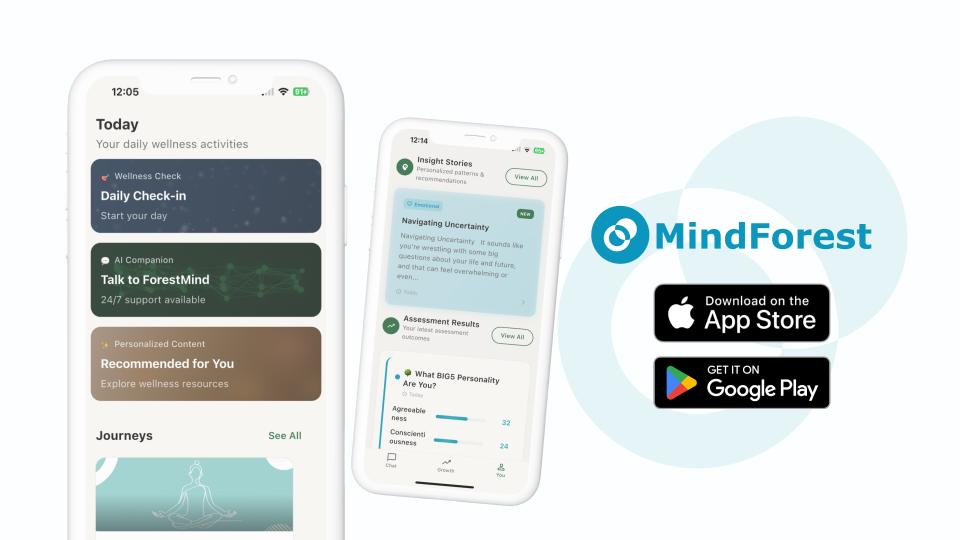
Not sure if it’s chemistry or true compatibility? ForestMind analyses your emotions and social patterns, offering personalised psychological insights that help you recognise the difference — and guide you towards healthier, more fulfilling connections.
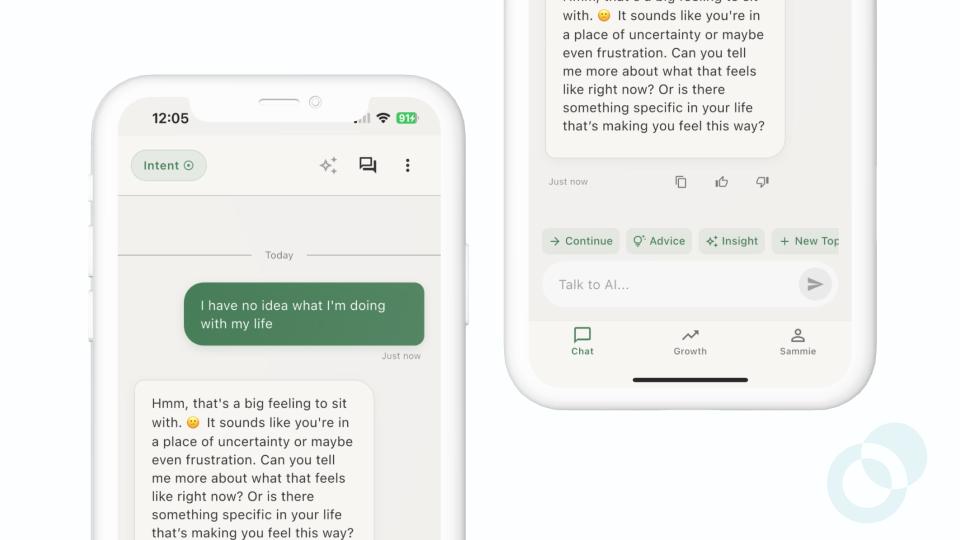
Record how you feel during or after dates and reflect on the dynamics between chemistry and compatibility in each experience. Over time, you’ll discover what kind of love truly works for you — and how you grow along the way.
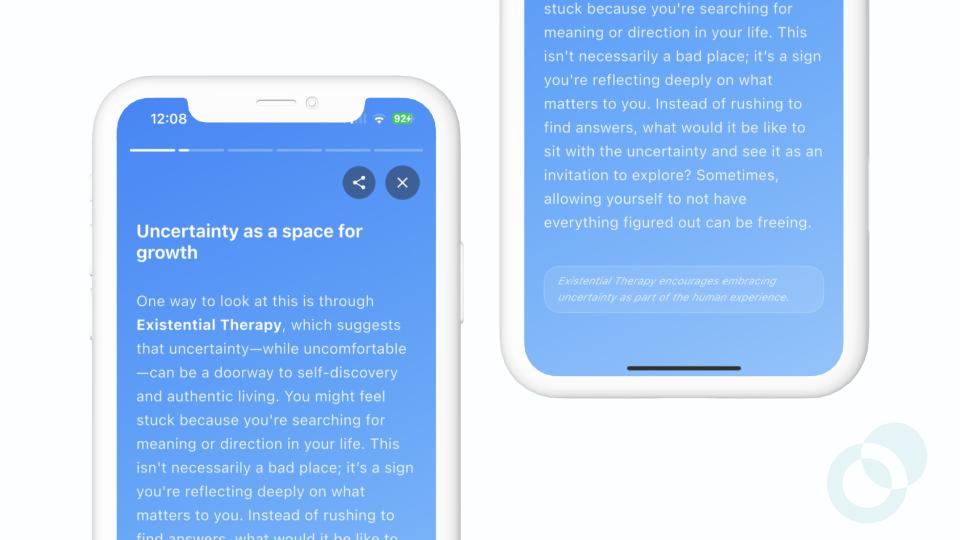
Take science-based quizzes to understand your attachment style, love language, and compatibility preferences. Learn how you naturally form bonds and what to look for in a partner to create lasting love.
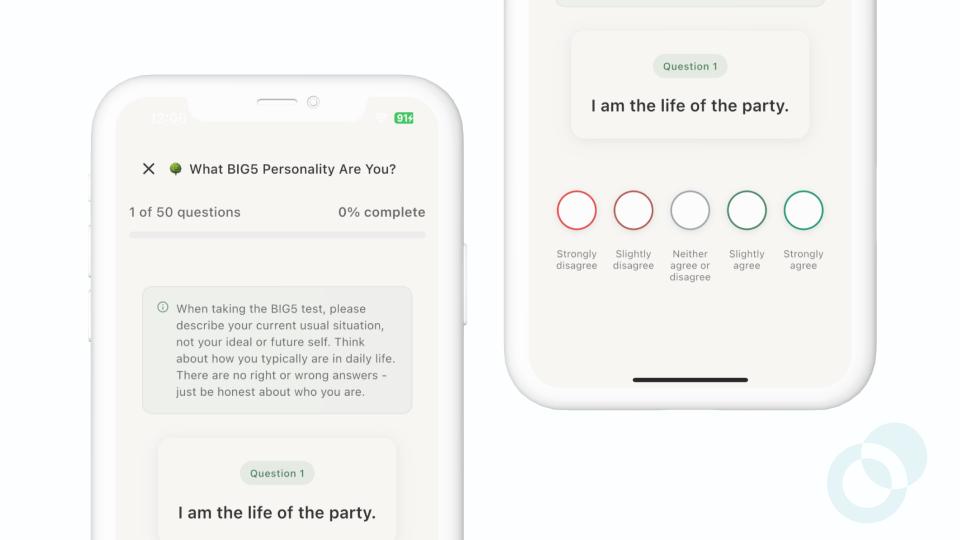
✨ Whether you’re seeking a spark or a soulmate, MindForest helps you navigate the journey with clarity and confidence. Download the app today and take your next step towards love that’s both passionate and profound.
References
Acevedo, B. P., Aron, A., Fisher, H. E., & Brown, L. L. (2012). Neural correlates of long-term intense romantic love. Social cognitive and affective neuroscience, 7(2), 145–159. https://doi.org/10.1093/scan/nsq092
Fisher, H. E., Xu, X., Aron, A., & Brown, L. L. (2016). Intense, passionate, romantic love: A natural addiction? Philosophical Transactions of the Royal Society B: Biological Sciences, 371(1683), 20150507. https://doi.org/10.1098/rstb.2015.0507
Gottman, J., & Silver, N. (2015). The seven principles for making marriage work: A practical guide from the country’s foremost relationship expert. Harmony Books.
Hazan, C., & Shaver, P. (1987). Romantic love conceptualised as an attachment process. Journal of Personality and Social Psychology, 52(3), 511–524. https://doi.org/10.1037/0022-3514.52.3.511
Sternberg, R. J. (1986). A triangular theory of love. Psychological Review, 93(2), 119–135. https://doi.org/10.1037/0033-295X.93.2.119
Discover practical psychology tips you can apply to your everyday life. From building resilience to improving relationships and finding work-life balance, our blog brings expert-backed insights that help you grow.

Have you ever experienced ghosting? The two of you were chatting happily the night before, and the next day the person suddenly disappears, never replying again?
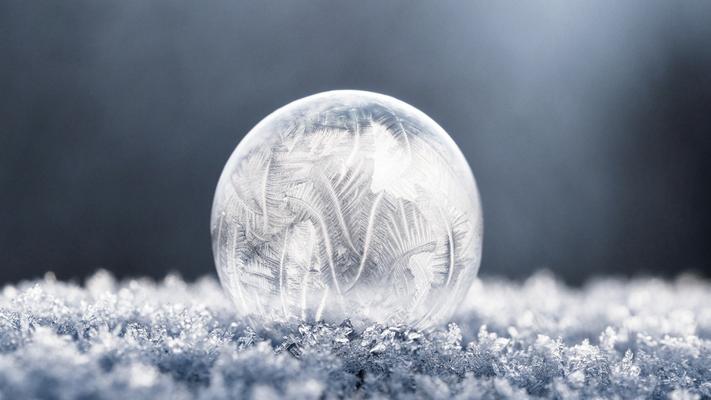
This article breaks down the psychology of nonchalance, signs of a nonchalant dater, the debate nonchalant vs chalant, and what truly matters when forming modern relationships.

Have you ever felt so intensely drawn to someone that you couldn’t stop thinking about them—imagining every possible interaction, decoding every message, overanalysing every glance? If so, you may not be experiencing love, but something more specific: limerence.
Download MindForest and turn these insights into action. Get personalized support from ForestMind AI Coach, track your progress, and unlock your full potential.